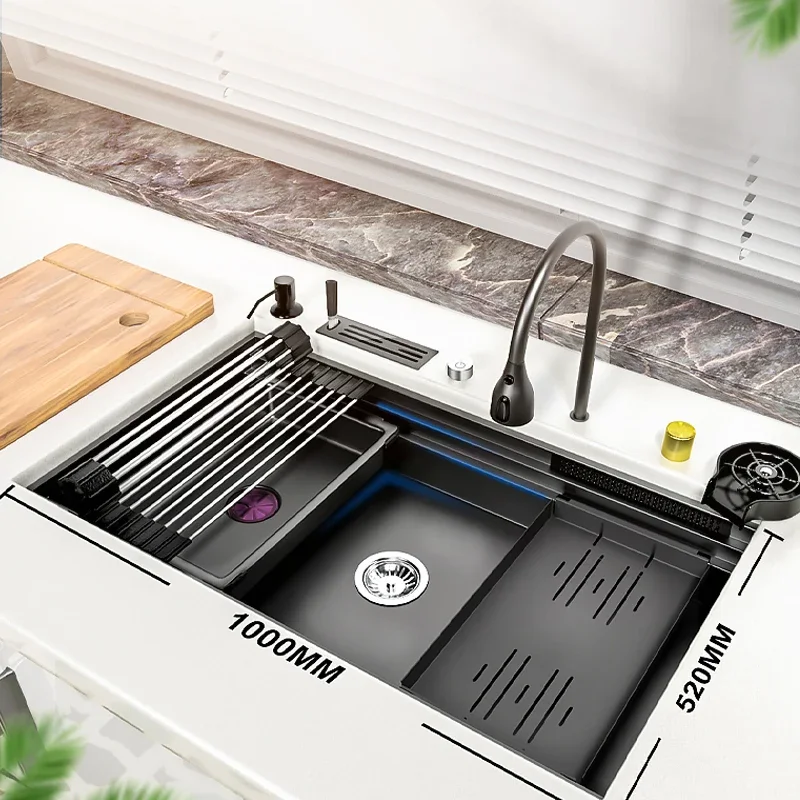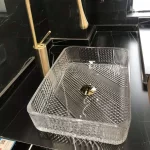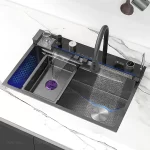Low water pressure in your kitchen sink can be a frustrating problem that disrupts daily routines and impacts the efficiency of household chores. Understanding the root causes and implementing effective solutions can restore proper water flow and make your kitchen sink fully functional again. This comprehensive guide explores troubleshooting steps and solutions to address low water pressure in your kitchen sink.
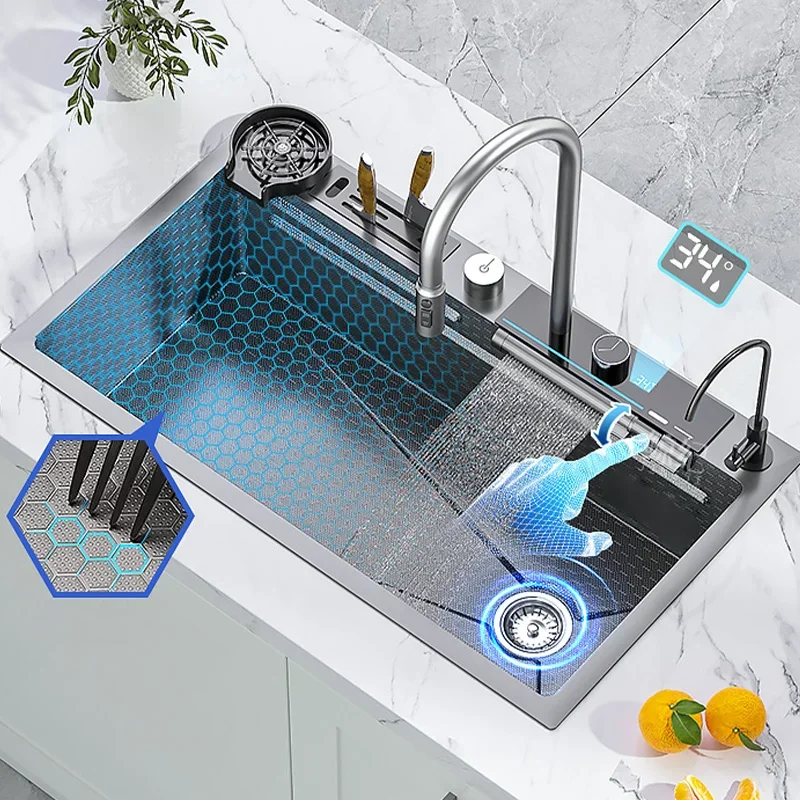
Understanding Low Water Pressure
Before diving into troubleshooting, it’s important to understand what constitutes low water pressure. Water pressure is typically measured in pounds per square inch (PSI), and the average household water pressure ranges from 40 to 60 PSI. When the pressure drops below this range, you may experience a noticeable decrease in water flow from your kitchen sink faucet.
Low water pressure can manifest as a weak stream, slow flow, or even intermittent water delivery. This can be particularly inconvenient when washing dishes, filling pots, or using appliances connected to your kitchen sink. Identifying whether the issue is isolated to the kitchen sink or widespread throughout the house is the first step in diagnosing the problem.
Initial Checks: Isolating the Problem
To begin troubleshooting low water pressure in your kitchen sink, you need to isolate the problem to determine whether it’s specific to the sink or part of a larger issue. Start by testing other faucets in your home. Check bathroom sinks, showers, outdoor spigots, and any other water outlets. If all faucets exhibit low pressure, the problem may lie with the main water supply or a more significant plumbing issue.
If only the kitchen sink has low water pressure, the issue is more likely localized. In this case, inspect both the hot and cold water flow separately. Sometimes, only one line (hot or cold) may be affected, providing clues toward a more targeted solution.
Checking and Cleaning the Aerator
One of the most common causes of low water pressure in a kitchen sink is a clogged or dirty aerator. The aerator is the small mesh screen attached to the end of the faucet spout, designed to mix air with water to create a steady and even flow. Over time, sediment, mineral deposits, and debris can accumulate, obstructing water flow.
To check and clean the aerator, follow these steps:
- Remove the Aerator: Unscrew the aerator from the faucet spout. You may need pliers or a wrench if it’s tightly secured. Be cautious not to scratch the faucet finish.
- Inspect the Aerator: Examine the aerator closely for any visible debris, buildup, or damage.
- Clean the Aerator: Soak the aerator in a solution of equal parts water and vinegar for about 30 minutes. The vinegar helps dissolve mineral deposits. After soaking, use a soft brush or toothpick to gently scrub away any remaining debris.
- Reassemble and Test: Rinse the aerator with clean water, reassemble it, and screw it back onto the faucet. Turn on the faucet to check if the water pressure has improved.
This simple maintenance step often resolves low water pressure issues without further intervention.
Inspecting the Faucet Cartridge
If cleaning the aerator doesn’t restore proper water pressure, the next step is to inspect the faucet cartridge. The cartridge controls the flow and mix of water within the faucet. Over time, it can become clogged with debris or worn out, leading to reduced water pressure.
To inspect and replace the cartridge:
- Turn Off Water Supply: Locate the shut-off valves under the sink and turn off both the hot and cold water supply.
- Disassemble the Faucet: Remove the handle or decorative cap covering the cartridge. This may require a hex key, screwdriver, or wrench, depending on the faucet design.
- Remove the Cartridge: Gently pull out the cartridge using pliers. Inspect it for signs of clogs, damage, or excessive wear.
- Clean or Replace: If the cartridge is clogged, soak it in vinegar to dissolve mineral deposits. If it’s damaged or worn out, replace it with a new cartridge compatible with your faucet model.
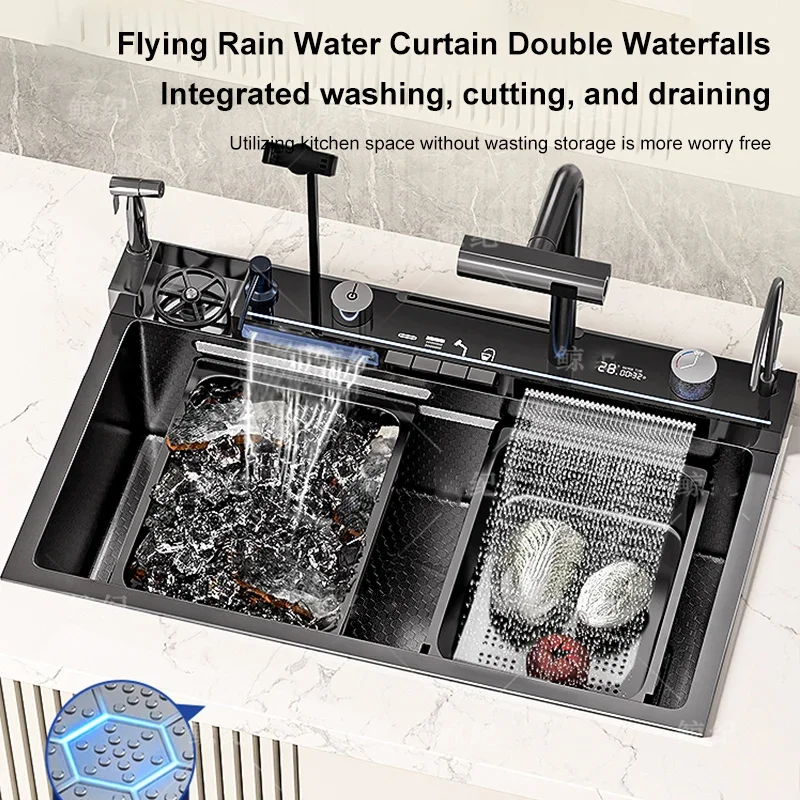
Checking for Leaks and Blockages in Supply Lines
Sometimes, low water pressure can be due to leaks or blockages in the water supply lines leading to your kitchen sink. These supply lines are typically flexible hoses or rigid pipes that connect your sink to the home’s plumbing system.
To check for leaks and blockages:
- Visual Inspection: Inspect the visible portions of the supply lines for any obvious leaks, drips, or kinks. Leaks can cause a significant drop in water pressure.
- Listen for Sounds: Turn on the faucet and listen for unusual sounds like hissing or dripping, which may indicate a hidden leak.
- Disconnect and Inspect: If no visible issues are found, consider disconnecting the supply lines from the faucet and under-sink shut-off valves. Inspect them for blockages or sediment build-up inside the lines.
- Flush the Lines: Run water through the disconnected supply lines to flush out any debris. If blockages are severe, replace the lines with new ones.
Examining the Shut-Off Valves
Problems with shut-off valves can also contribute to low water pressure in your kitchen sink. Over time, valves can become partially closed, blocked, or corroded, restricting water flow.
To examine and address shut-off valve issues:
- Check Valve Position: Ensure both the hot and cold water shut-off valves under the sink are fully open. Partially closed valves can restrict water flow significantly.
- Inspect for Blockages: Turn off the valves and disconnect the supply lines to check for blockages or debris buildup within the valve mechanism.
- Test Valve Function: Turn the valves on and off multiple times to ensure they operate smoothly. If a valve feels stiff or doesn’t open fully, it may be corroded or damaged.
- Replace Valves if Necessary: If the valves are not functioning correctly, consider replacing them with new ones. This often requires turning off the main water supply to the house, so it may be best to consult a plumber if you’re unsure.
Cleaning or Replacing Water Supply Pipes
If all the above steps fail to resolve the low water pressure issue, the problem may lie within the main water supply pipes themselves. Older homes, in particular, may have pipes that are corroded or clogged with mineral deposits, restricting water flow.
To address issues with water supply pipes:
- Professional Inspection: Consider hiring a professional plumber to inspect the water supply pipes. They can use specialized tools like pipe cameras to diagnose internal blockages or corrosion.
- Pipe Cleaning: Depending on the severity of the blockage, a plumber may recommend a thorough pipe cleaning or descaling process, which involves using chemical cleaners or high-pressure water jets to remove buildup.
- Pipe Replacement: In cases of severe corrosion or damage, replacing old pipes with new ones may be necessary. This is particularly common in older homes with galvanized steel pipes, which are prone to rust and corrosion over time.
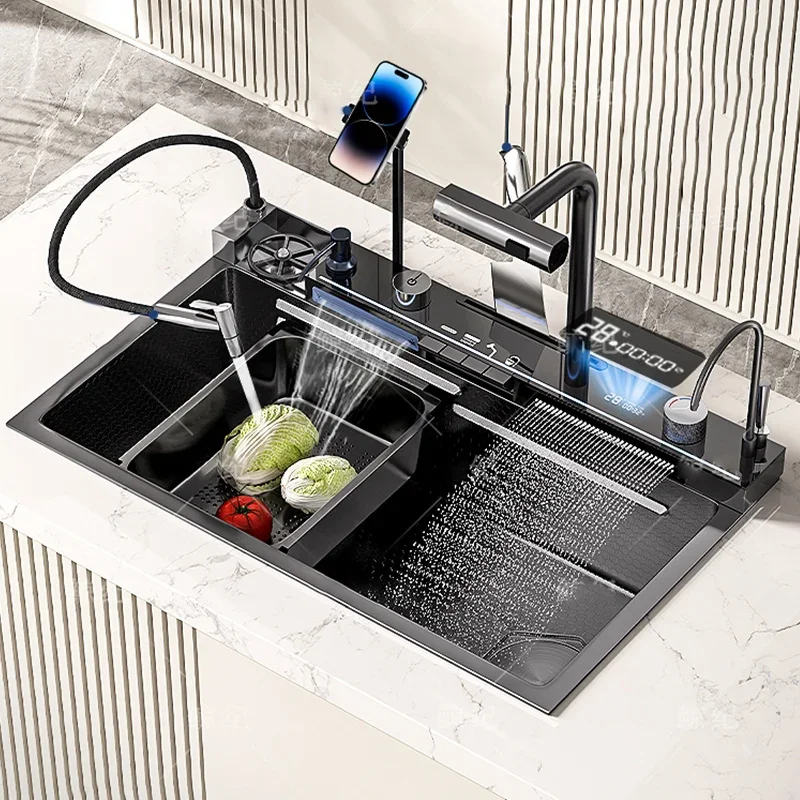
Checking the Main Water Supply and Pressure Regulator
If low water pressure persists despite localized fixes, the issue could be with your main water supply or pressure regulator. The pressure regulator controls the water pressure entering your home from the municipal supply.
To check and address main water supply issues:
- Measure Main Water Pressure: Use a water pressure gauge to measure the pressure at the main water supply line. Attach the gauge to an outdoor spigot or a hose bib nearest to where the main water line enters your home.
- Inspect Pressure Regulator: If the main water pressure is lower than usual, inspect the pressure regulator for adjustments. The regulator is typically located near the main shut-off valve.
- Adjust the Regulator: If the main pressure is low, try adjusting the pressure regulator by turning the adjustment screw found on the top or side of the device. Turn it clockwise to increase pressure, but be cautious not to exceed recommended levels (usually around 60 PSI).
- Consult a Plumber: If adjusting the regulator doesn’t resolve the issue, or if the regulator appears damaged, consult a plumber. They can provide a more in-depth assessment and recommend replacements if necessary.
Conclusion: Ensuring Optimal Water Pressure
Troubleshooting low water pressure in your kitchen sink requires a systematic approach to identify and address potential issues. From simple fixes like cleaning the aerator to more complex solutions involving pipe cleaning or replacement, following these effective solutions can restore proper water flow and enhance the functionality of your kitchen sink.
By understanding the causes and implementing preventive measures, you can maintain optimal water pressure and enjoy a smoothly running kitchen. Ensuring a well-maintained plumbing system not only improves daily activities but also contributes to the overall efficiency and comfort of your home.
